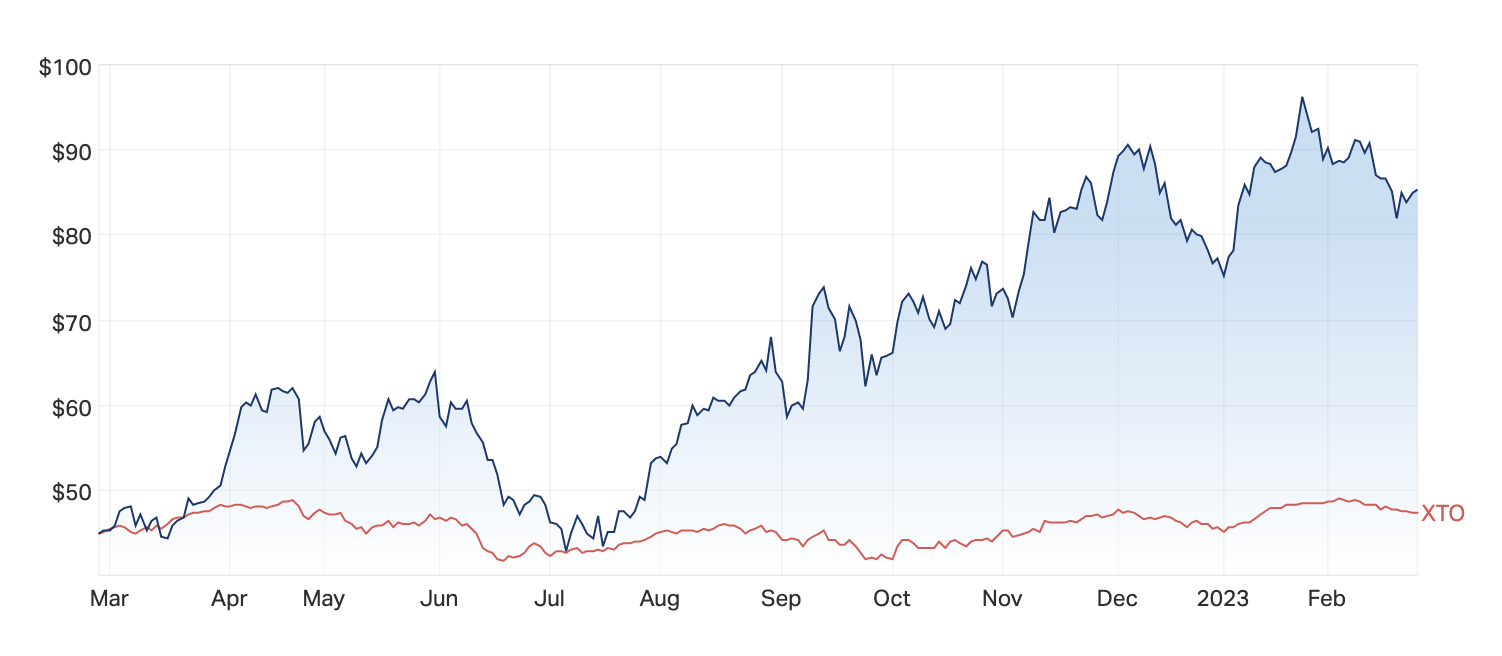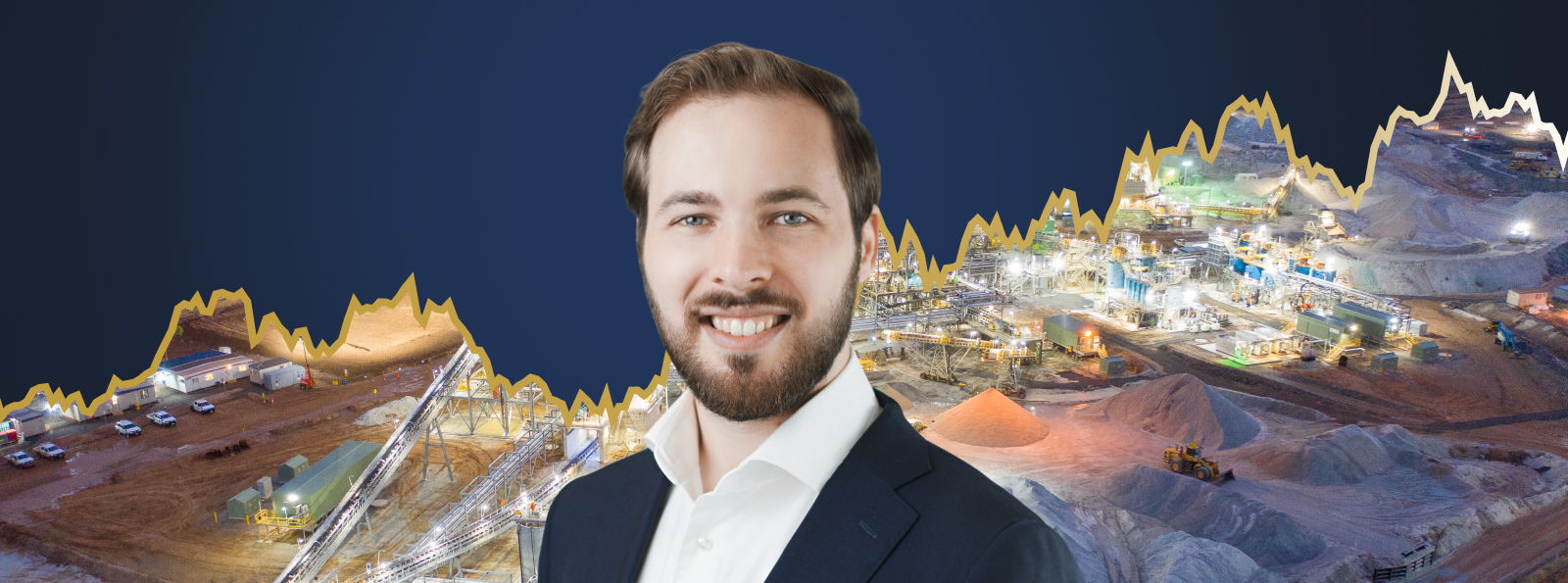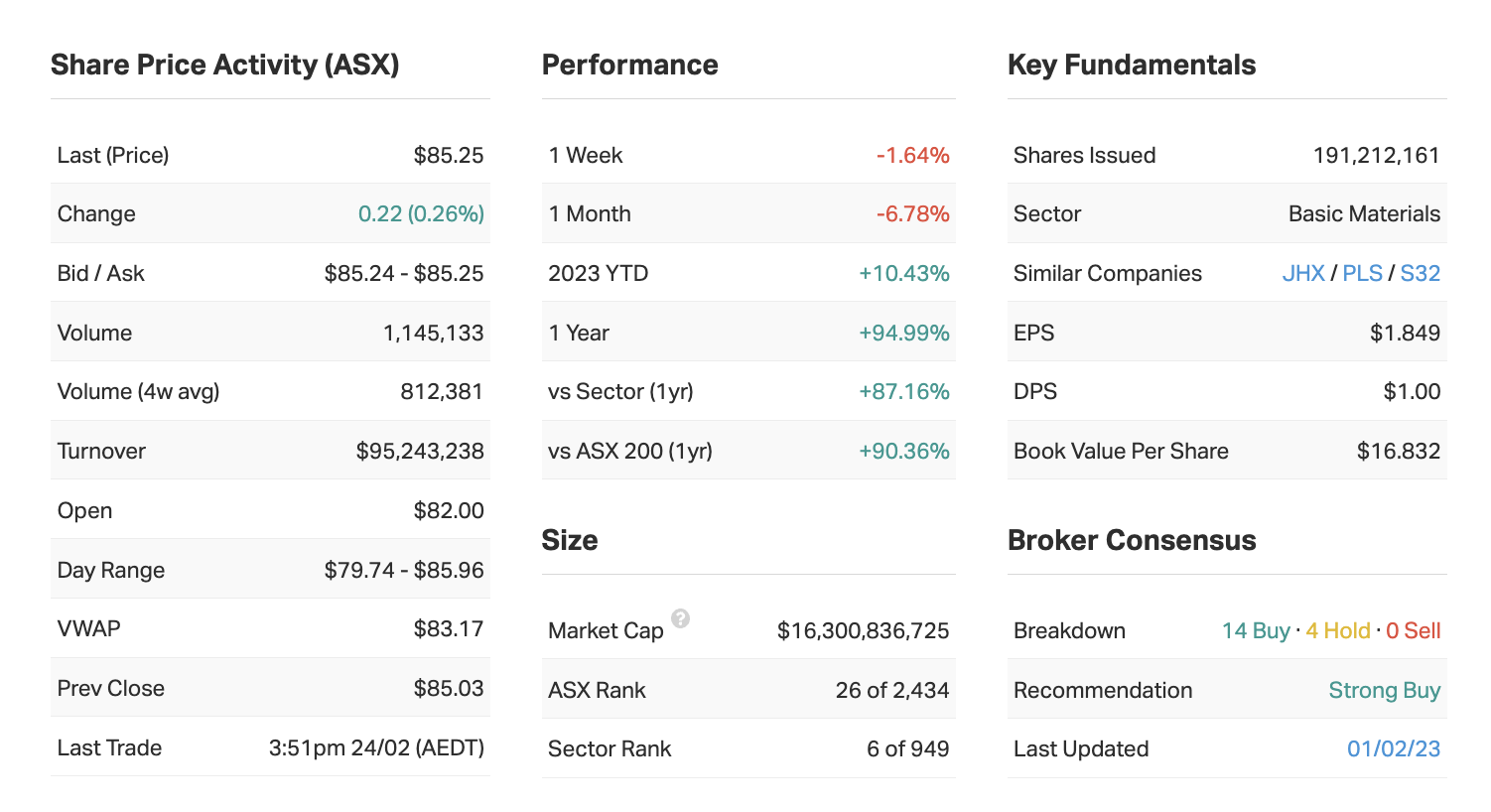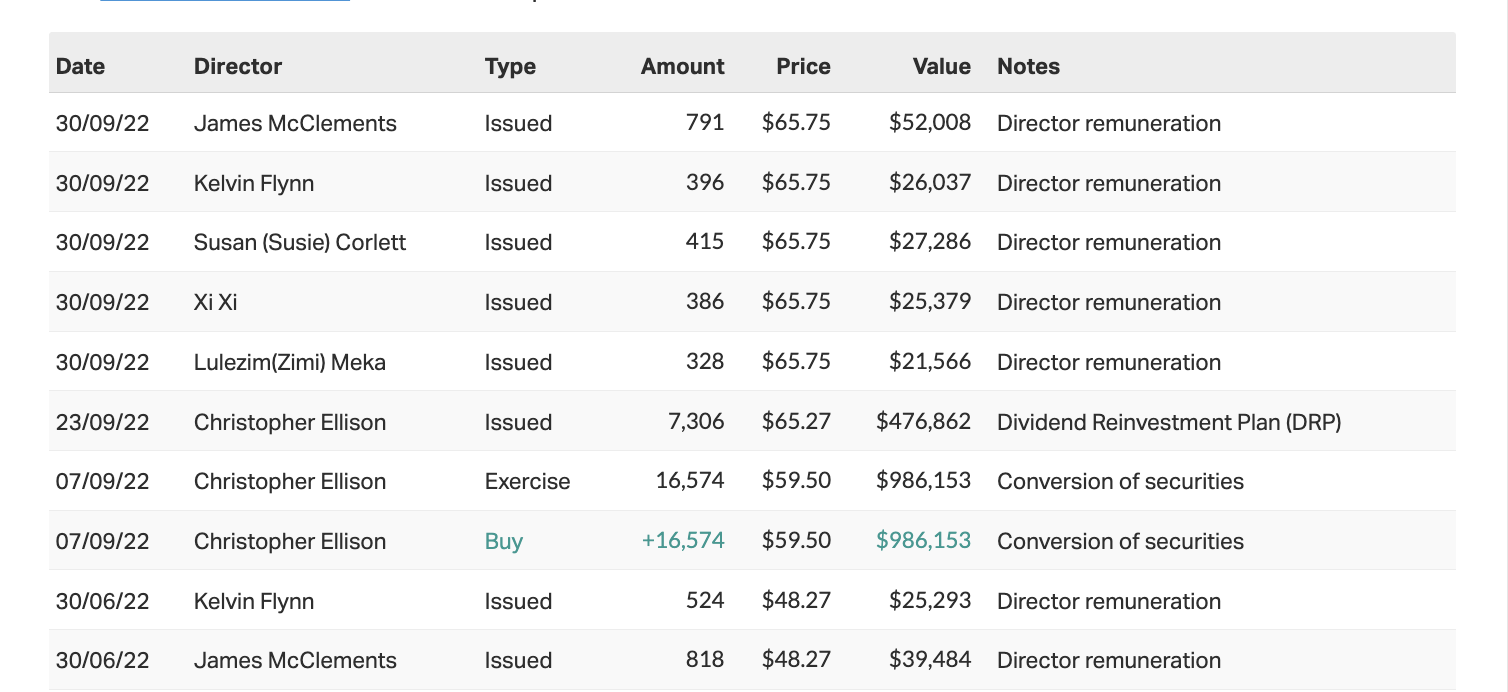Earnings soar 503% for Mineral Resources (but that's only half the story)
Soaring iron ore and lithium prices (and the ongoing demand for mining services) has seen market darling Mineral Resources (ASX: MIN) spew out cash in the first half.
On Friday, management reported revenues of $2.35 billion (up 74%), underlying EBITDA of $939 million (up 503%), net profit after tax (NPAT) of $390 million (up 1,890%) and diluted earnings per share (EPS) of 202 cents per share (up 1,888%).
And yet, it was still not enough to please the country's brokers, with the company missing on analyst estimates for EBITDA, NPAT and EPS.
However, according to Auscap Asset Management's Will Mumford, selling at this stage could put investors at risk of missing out on Mineral Resources' future growth.
"Mineral Resources is a diversified and long-life business with aggressive growth plans, exposure to a commodity with a very strong demand outlook and is led by a CEO who has proven himself to be one of the best capital allocators on the ASX," he said.
"Given this outlook, we think it trades on a very undemanding multiple, which is a discount to many international lithium peers."
In this wire, Mumford outlines some of the biggest surprises from Mineral Resources' latest result as well as his outlook on the miner and its sector over the year ahead. Plus, he shares why he wouldn't be selling the stock here despite Mineral Resources disappointing on analyst expectations.

Note: This interview took place on 24 February 2023.

Mineral Resources H1 Key Results
- Revenue of $2.35 billion up 74% compared to the pcp
-
Underlying EBITDA of $939 million up 503% compared to the pcp
- Net profit after tax of $390 million up 1,890% compared to the pcp
- Diluted earnings per share (EPS) of 202 cents per share, up 1,888% compared to the pcp
- Interim dividend of 120 cents per share
- CapEx of $741 million up 84% compared to the pcp
- Cash balance of $1.71 billion, down 29% compared to the pcp
- Return on invested capital (ROIC) of 18.4%, down from 23.9%
Key company data for Mineral Resources

1. In one sentence, what was the key takeaway from this result?
2. What was the market’s reaction to this result? In your view, was it an overreaction, an under-reaction or appropriate?
The market was initially disappointed as numbers were below consensus estimates and had questions in relation to cash flow generation, CapEx, elevated net debt and delays to the timing of the Onslow Iron Ore project. These issues were largely addressed on the investor call, with the timing of lithium cash payments and government delays being the main reasons, neither of which are structural concerns. These clarifications, along with further detail on growth initiatives, saw MIN recover from being down 6% to close little changed from the prior day.
Over the last half, MIN has restructured its key lithium JV with Albermarle, as announced on Thursday, and extended the other with Ganfeng, achieved FID (Final Investment Decision) on the Onslow Iron Ore Project, launched a takeover for Norwest Energy and built stakes in multiple listed companies. This is in addition to continuing to develop and enhance its existing businesses. It has been quite an incredible period.
3. Were there any major surprises in this result that you think investors should be aware of?
We thought it was interesting that Chris Ellison mentioned that he was “exploring options outside of Western Australia across the business.”
While it was confirmed yesterday (23 February) that MIN will be acquiring a 50% interest in two lithium conversion plants in China along with Albermarle and there has been speculation in the press that MIN is building a stake in an international lithium business, it was interesting that the company confirmed that it was assessing international opportunities for all of its pillars (Mining Services, Lithium and Iron Ore) apart from Energy.
4. Would you buy, hold or sell Mineral Resources on the back of these results?
Rating: HOLD
While not directly relevant to the results, there have been multiple short-term negative lithium data points in recent months. These include a cut to Chinese EV subsidies, some mixed lithium auction outcomes and a Chinese lithium price that is more than 30% off its high.
Given the importance of the lithium price to the company’s earnings, we have been surprised that MIN has been so resilient. However, our positivity on MIN's future growth and the valuation uplift from this means we think that selling here, based on short-term volatility, risks missing the bigger opportunity.
5. What’s your outlook on Mineral Resources and its sector over the year ahead? Are there any risks to this company and its sector that investors should be aware of?
We’ll be closely watching developments relating to lithium demand and supply. So far, we haven’t seen anything to stop us from being positive longer term.
MIN is a diversified and long-life business with aggressive growth plans, exposure to a commodity with a very strong demand outlook and is led by a CEO who has proven himself to be one of the best capital allocators on the ASX.
Given this outlook, we think it trades on a very undemanding multiple, which is a discount to many international lithium peers.
6. From 1-5, where 1 is cheap and 5 is expensive, how much value are you seeing in the market right now? Are you excited or are you cautious on the market in general?
Rating: 2.5
While the ASX is trading at a reasonable PE multiple, many market participants have rightly raised the risk from the dual headwinds of slowing economic growth and continued cost pressures.
However, even though the bad news dominates most of the headlines, there are also reasons to be positive. Consumer spending so far appears to have been more resilient in January than expected. Most of our holdings have indicated that commodity, delivery and wage cost pressures are slowing. The largest out-of-step price rises also seem to be generally behind us, with a small number of exceptions.
Some economists are now pointing to net migration to Australia of 350,000 over 2023, in addition to a similar number in 2022, which is a 1.4% boost to our population each year on top of natural population growth.
Surging iron ore prices and higher rates are also tailwinds for some of the larger index weights. So there are positives and negatives, despite the focus at present on the latter.
10 most recent director transactions

Catch all of our February 2023 Reporting Season coverage
The Livewire Team is working with our contributors to provide coverage of a selection of stocks this reporting season. You can access all of our reporting season content by clicking here.
4 topics
1 stock mentioned
1 contributor mentioned


